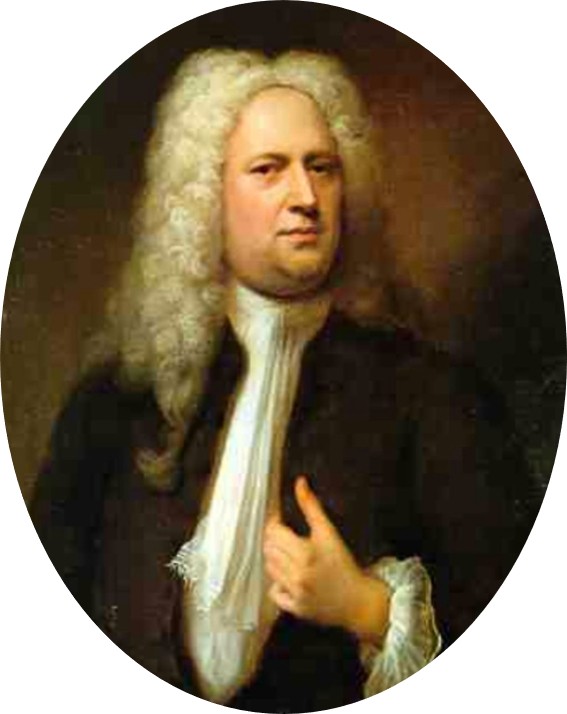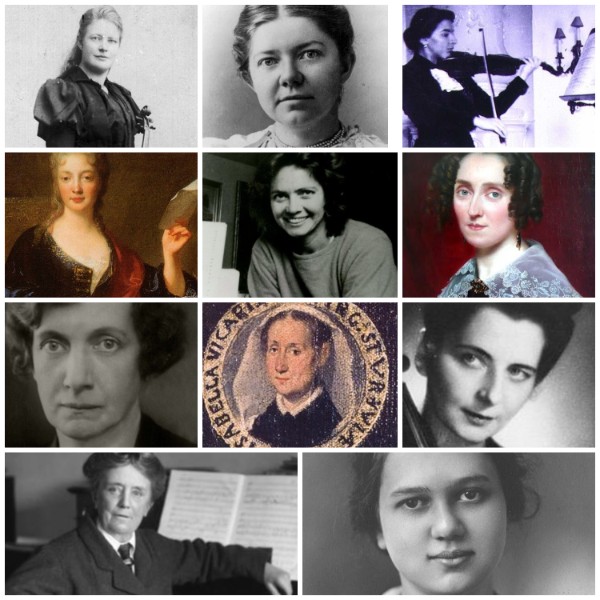Let us continue our exploration of classical music inspired by the New Testament. Roughly one third of the recorded teachings of Jesus are set as parables. These seemingly simple and memorable stories all convey messages that are central to Jesus’ teachings. They range from simple everyday things like baking bread to the parable of the Good Samaritan.
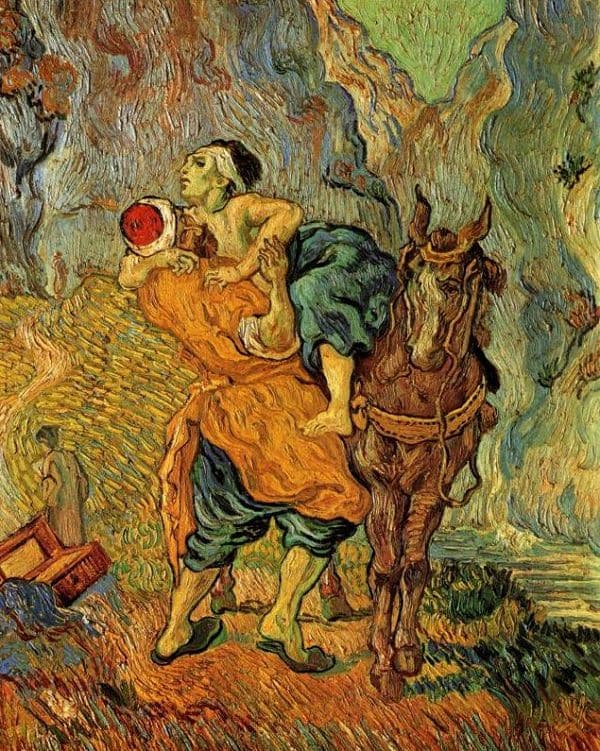
The Good Samaritan, 1890 by Vincent Van Gogh
It tells the story of a man traveling the road from Jerusalem to Jericho. Unfortunately, he is robbed of all his belongings and almost beaten to death. A priest saw the naked and half-dead man lying in the middle of road, but he stepped over him and kept walking. Then a Levite passed by, but he also ignored the dying man and kept walking. But when a Samaritan saw the unfortunate man, he felt pity for him. He dressed his wounds and placed him on his own beast of burden, walking beside them until they reached an inn. There he took care of the man all night, and he even paid for the man’s lodgings. He told the innkeeper, “Please take care of him, and if you need to spend more on this unfortunate individual, I will pay it to you when I come again.” We can clearly recognize the first commandment in this parable, as it reads, “love thy neighbor as thyself.”
Pehr Henrik Nordgren: The Good Samaritan, Op. 141 (Arktinen Hysteria)
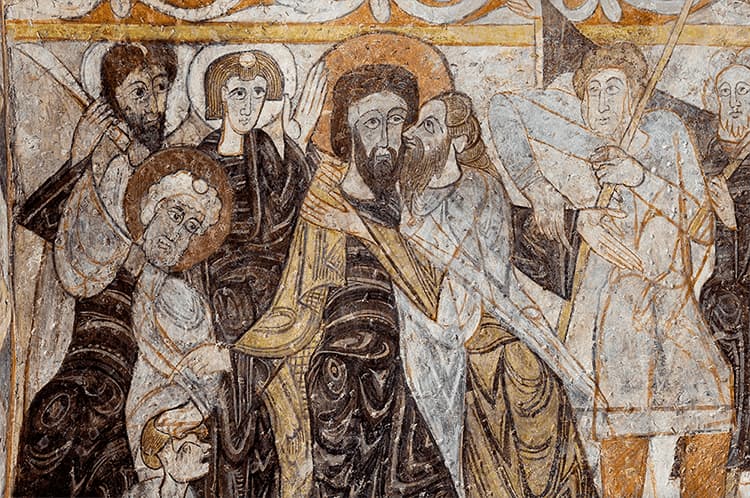
© thegardensmo.com
The stories of the NT are full of rather nasty and evil characters, but none is as reviled as Judas Iscariot. He was one of the original Twelve Disciples of Jesus Christ, and he is charged with betraying Jesus in the Garden of Gethsemane. He identified Jesus with a kiss to the arresting soldiers of the High Priest Caiaphas, who then turned him over to Pontius Pilate. Supposedly, Judas was rewarded with “thirty pieces of silver,” which he tried to return to the priests. Accounts differ slightly, but apparently, Judas committed suicide by hanging himself, and the blood money was connected with the “Field of Blood,” used to bury strangers. The theological arguments on Judas’ actions and their actual meaning still rage unabated, with opposing viewpoints praising his role in triggering humanity’s salvation, or alternately, as the personification of the Jewish people and a source of Christian anti-Semitism.
António Pinho Vargas: Judas (Gulbenkian Choir; Gulbenkian Orchestra; Fernando Eldoro, cond.)
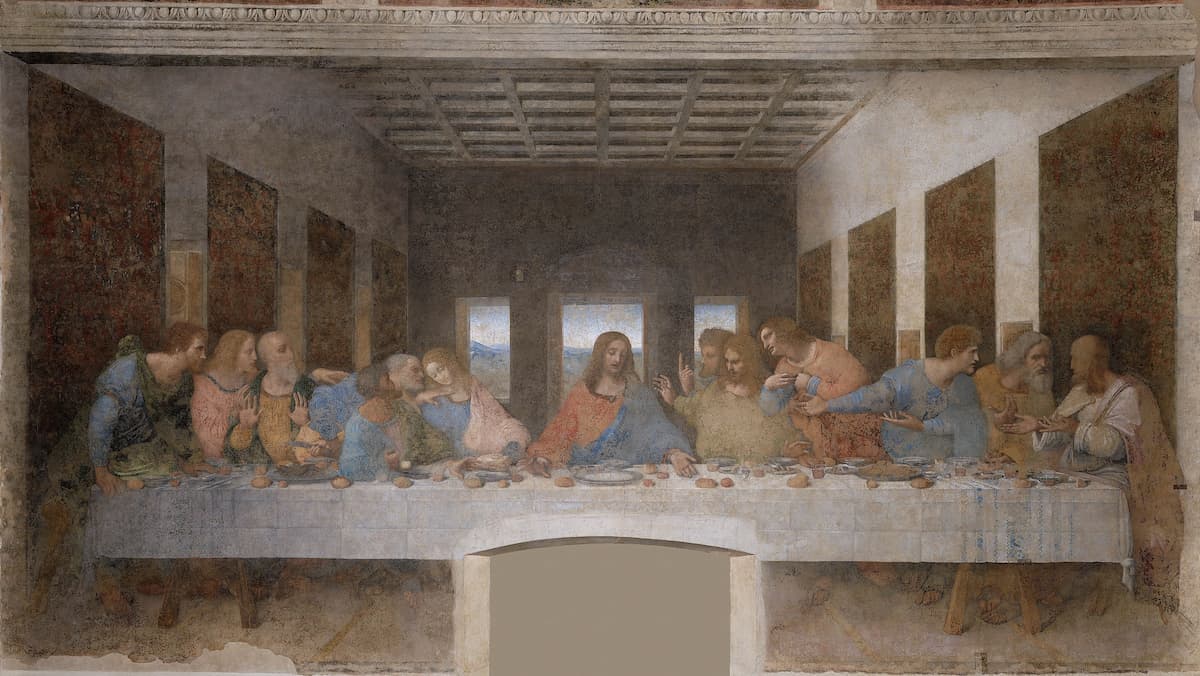
Leonardo da Vinci: The Last Supper
Commemorated by Christians on Maundy Thursday, the Last Supper is the final meal that Jesus shared with his Apostles in Jerusalem before his crucifixion. We learn from all four gospels that this meal took place towards the end of the week, after Jesus’ triumphal entry into Jerusalem. During that meal, Jesus predicted that one of his Apostles would betray him, and it provided the basis for the Eucharist. Also known as “Holy Communion” or the “Lord’s Supper,” it is the Christian rite established by Jesus sharing bread and wine with his disciples. While partaking in “his body” and the cup of wine as “the new covenant in my blood,” Jesus prepares himself for his sacrifice and commissions the Apostles to continue the rite “in memory of me.” Jesus talked with his disciples and prayed with them for a long time, and around midnight they left together and walked to the Mount of Olives.
Johann Sebastiani: St. Matthew Passion “The Last Supper” (Colin Balzer, tenor; Christian Immler, baritone; Ina Siedlaczek, soprano; Nathan Medley, counter-tenor; Jason McStoots, tenor; Jonathan Woody, bass-baritone; Boston Early Music Festival Vocal Ensemble; Boston Early Music Festival Chamber Ensemble; Paul O’Dette, cond.; Stephen Stubbs, cond.)
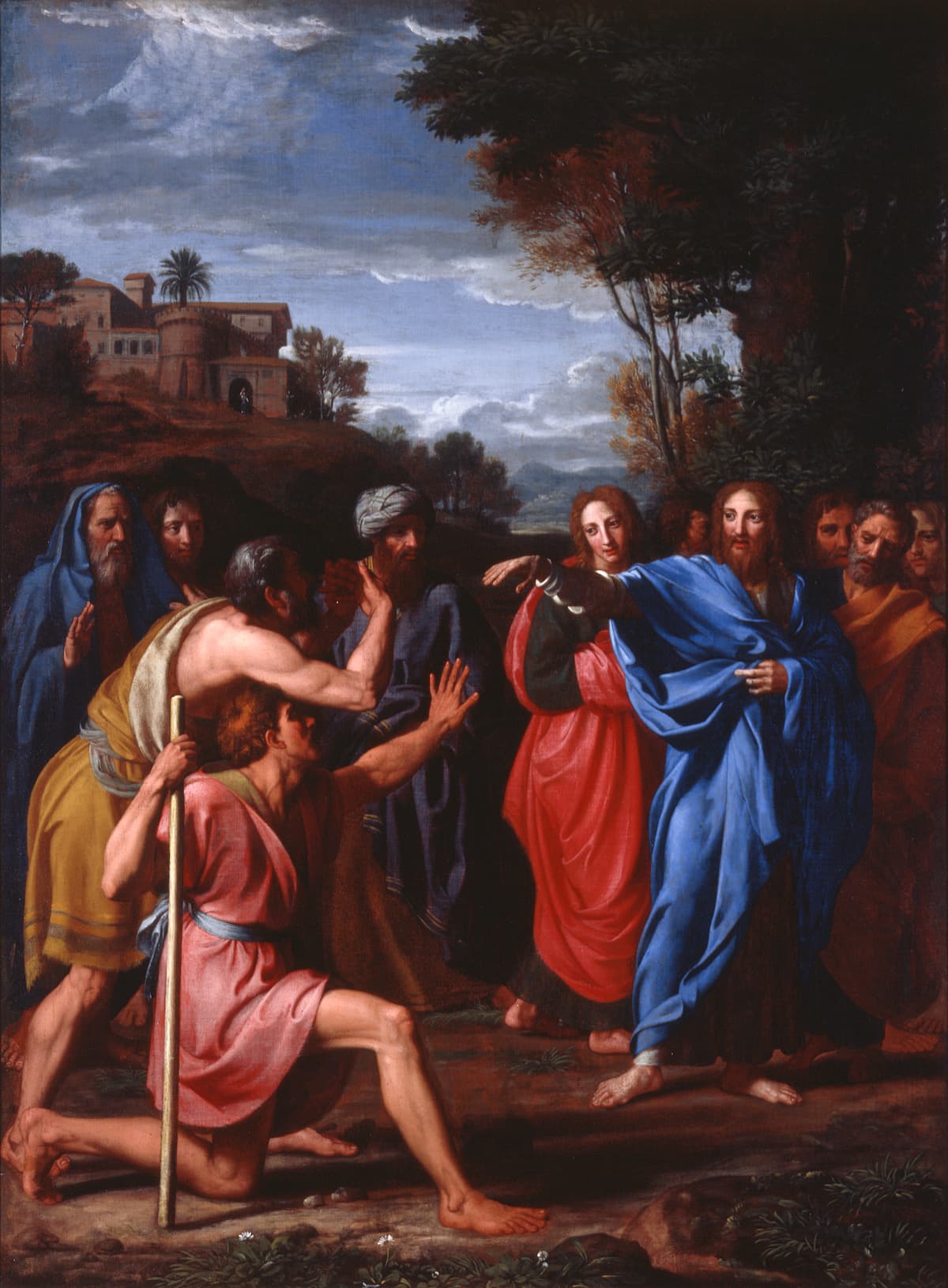
Nicolas Colombel: Christ Healing the Blind
In all, we know from the NT that Jesus performed a total of 37 miracles. Each miracle was accompanied by a message addressing a human need or confirming Christ’s identity. He turned water into wine, raised people from the dead, cast out demons, healed the sick, and even walked on water. And under the heading of Christ’s healings, we find the story of the blind beggar. Blind from birth, Jesus mixed some spittle with earth and made a lump of clay. He spread it on the eyes of the blind man and told him to wash in a large cistern southeast of Jerusalem. As soon as the water touched the beggar’s eyes, the blindness was gone, and he could see. Nobody wanted to believe his story, and the Pharisees thoroughly interrogated him. In the end, they decided that Jesus was not a man of God but a sinner because he made clay on the Sabbath. But the healed man dismissed their accusations and asserted that Jesus was indeed the promised Messiah.
George Frideric Handel: Messiah – Part I: Aria: Rejoice greatly, O daughter of Zion (Toby Spence, tenor; Academy of Ancient Music; Edward Higginbottom, cond.)
George Frideric Handel: Messiah – Part I: Aria: He shall feed His flock like a shepherd (Iestyn Davies, counter-tenor; Otta Jones, treble; Academy of Ancient Music; Edward Higginbottom, cond.)

Paolo Veronese: The Resurrection of Christ
The most fundamental belief of the Christian Church from the very beginning has been the resurrection of Jesus Christ. When Jesus rose from the dead, he confirmed his identity as the Son of God and his work of atonement, redemption, reconciliation, and salvation. In the ancient agricultural world, resurrection was a familiar concept. Seasonal resurrection of nature was visible to all, and the divine was revealed by oracles, prophets, and holy men. Supernatural forces and events were a normal part of daily life. The NT tells us that Jesus was arrested, tried, found guilty, and crucified. He testified of his resurrection before he died on the cross, and after his death, his body was wrapped in linen and placed in a tomb with a large stone covering the opening. On the third day, Mary Magdalene and a friend came to the tomb and found it empty. An angel of the Lord told them that Jesus had risen, and when the women left to tell the disciples, Jesus Christ met them and showed them his nail-pierced hands.
Orlando Gibbons: “I am the resurrection” (Antico Stile)
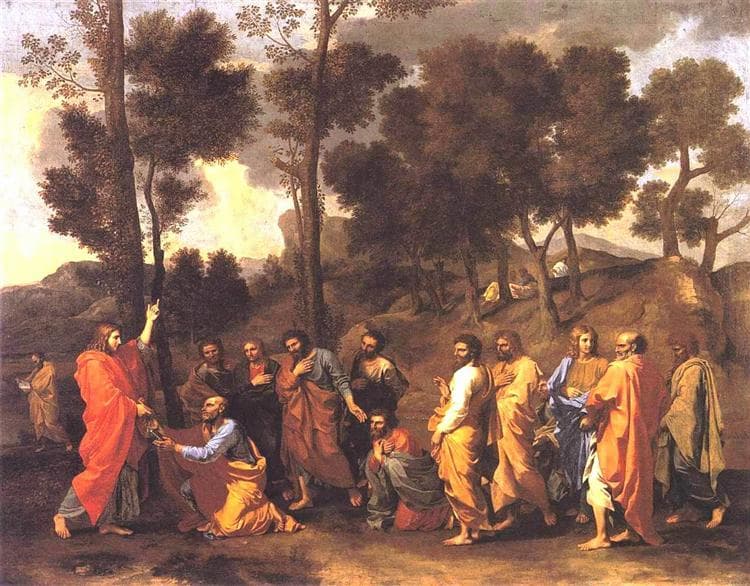
Nicolas Poussin: Ordination
The Apostles were the closest followers of Jesus Christ, and they became the primary teachers of the gospel message. After Jesus had gone to heaven, the eleven disciples chose a man by the name of Matthias to take the place of Judas. All together, including Mary, the mother of Jesus, his brothers, and the women who had been at the cross and the tomb, only roughly 120 people believed in Christ at that time. On the fiftieth day after the Feast of Passover, the believers in Christ came together to pray. They suddenly heard a rushing of the wind, and “tongues of fire” seemed to hover over their heads. We know this event as “Pentecost,” and it describes the coming of the Holy Spirit. In fact, the message of the Holy Spirit, praising God’s wonderful work, was heard in every language known to men. This period of early Christianity was called the Apostolic Age, as they established churches throughout the territories of the Roman Empire and also through the Middle East, Africa, and India.
For more of the best in classical music, sign up for our E-Newsletter
Edward Elgar: The Apostles, Op. 49 – Part II: Introduction (Hallé Orchestra; Mark Elder, cond.)
Edward Elgar: The Apostles, Op. 49 – Part II: Wither shall I go (Brindley Sherratt, bass; Chorus of Apostles; Hallé Choir; Hallé Youth Choir; Hallé Orchestra; Mark Elder, cond.)
Edward Elgar: The Apostles, Op. 49 – Part II: They platted a crown of thorns (Chorus of Apostles; Hallé Choir; Hallé Youth Choir; Hallé Orchestra; Mark Elder, cond.)

